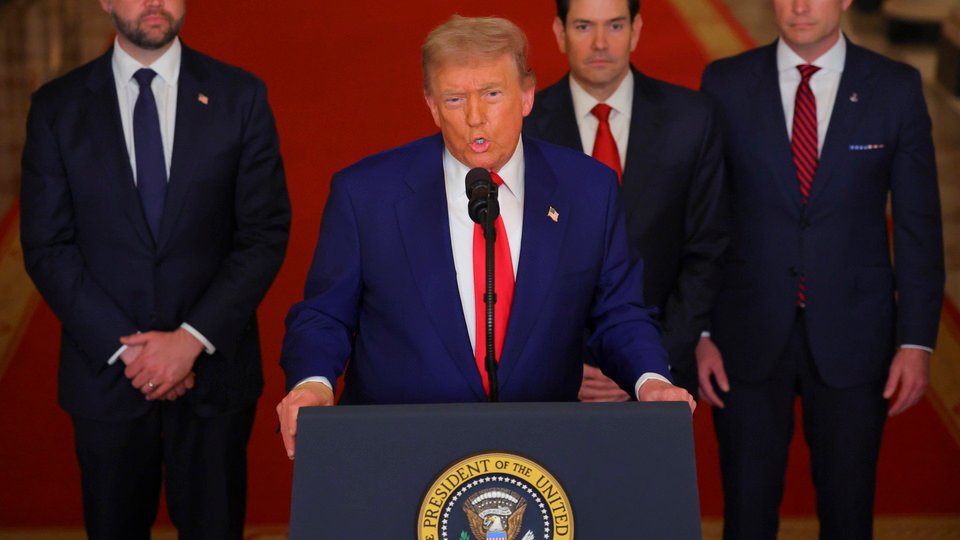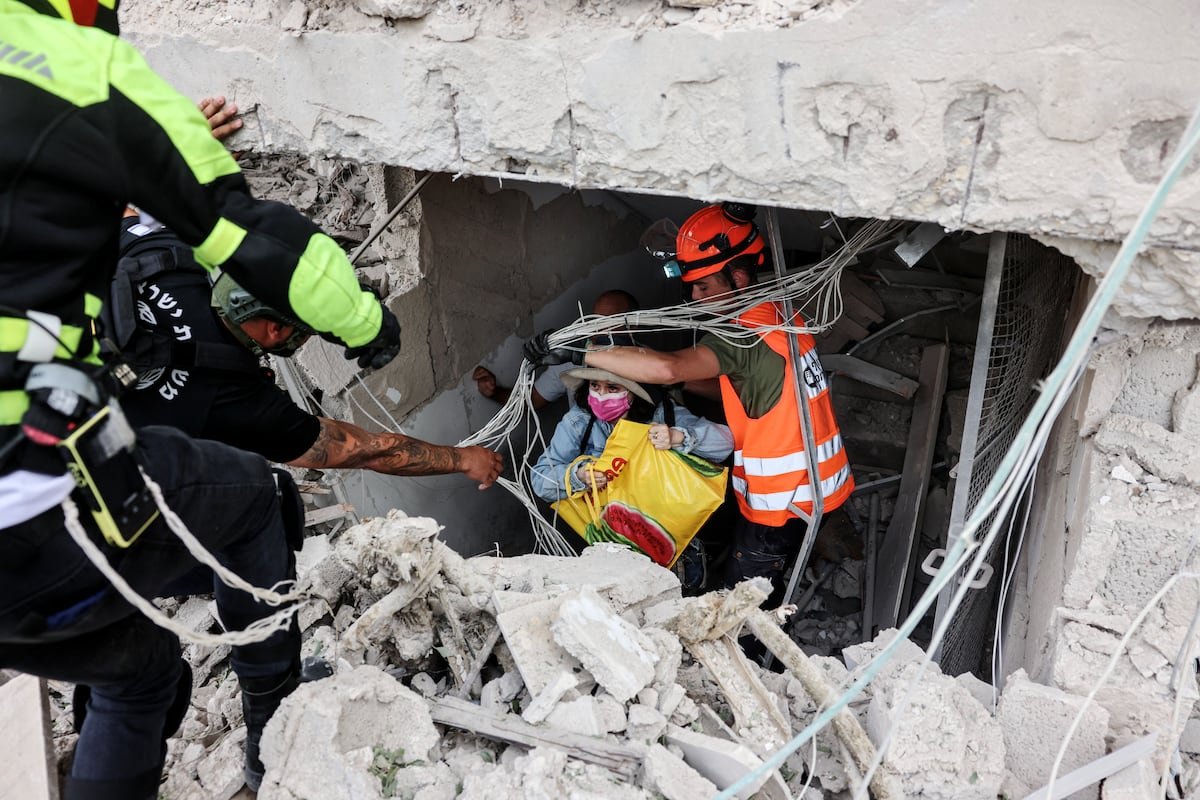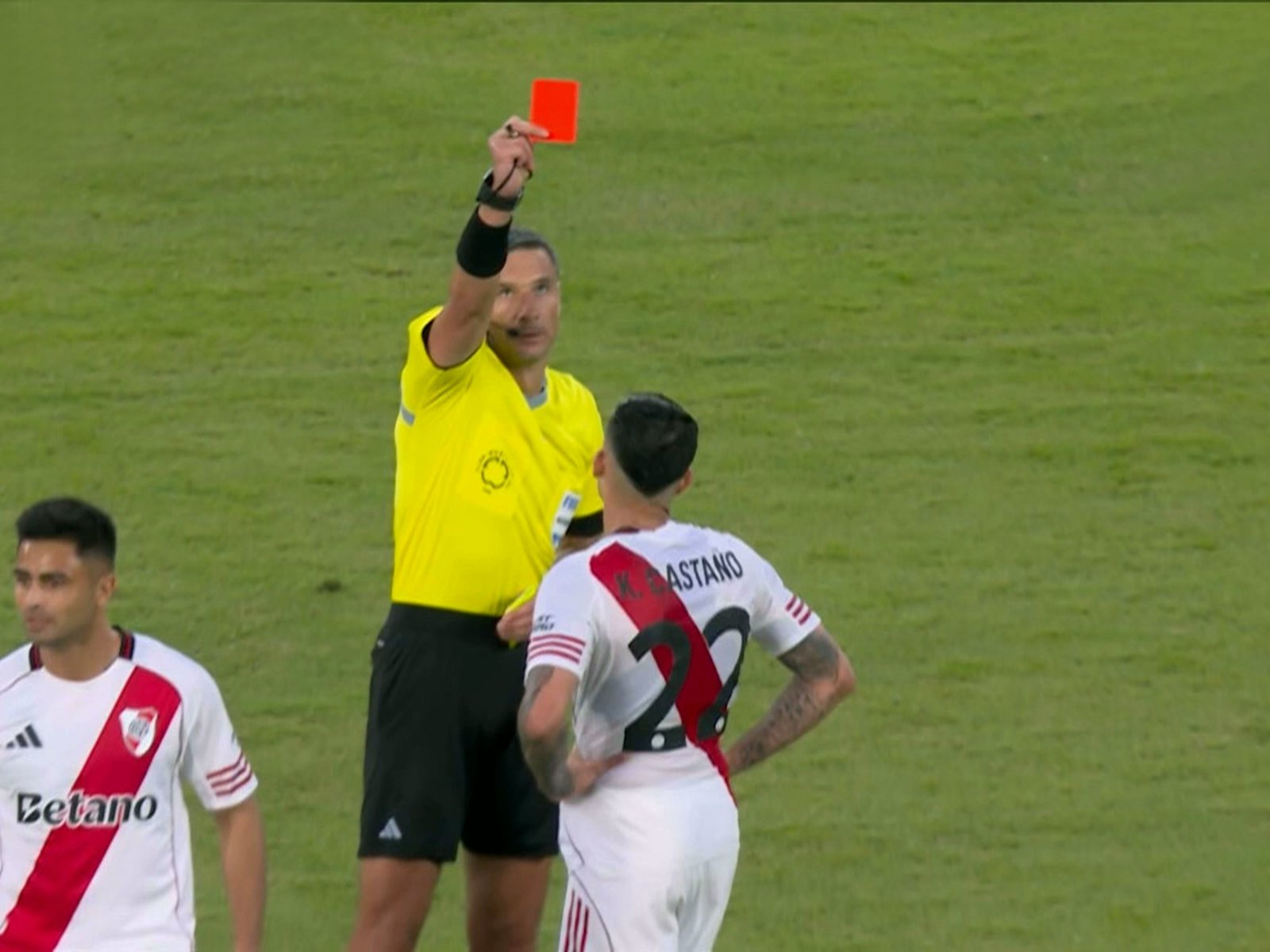The United States bombed three Iranian nuclear bases on Saturday night, according to President Donald Trump, who made the announcement via social media. The move marks Washington’s re-entry into a military conflict in the Middle East under a president who once campaigned on promises to avoid foreign entanglements. This time, the U.S. has stepped into the war between Israel and Iran, siding with Israel.
The targeted bases were Fordow, where experts believe the core of Iran’s nuclear program is located; Natanz, and Isfahan, which is thought to house Tehran’s long-range ballistic missiles.
“We have completed our very successful attack on the three Nuclear sites in Iran, including Fordow, Natanz, and Esfahan. All planes are now outside of Iran air space and are safely on their way home,” said President Trump, who earlier that afternoon had held a meeting with his National Security Council at the White House.
Hours earlier, B-2 bombers had taken off from their base in Wisconsin en route to Asia, according to senior U.S. government officials.
Trump, who is scheduled to attend the NATO summit in The Hague next week, added that Fordow, “the main base”, was hit with “a full payload of BOMBS.” Pentagon sources clarified that the president was referring to the GBU-57 bunker, busting bombs, each weighing over 30.000 kilos, the only known weapons capable of penetrating deep enough to reach Fordow, which is heavily fortified beneath the mountains south of Tehran.
“Congratulations to our great American Warriors. There is not another military in the World that could have done this. Now is the time for peace,” the U.S. president concluded.
The U.S. had previously reinforced its military presence in the Middle East by deploying F-16, F-22, and F-35 fighter jets, along with the Nimitz aircraft carrier, which was redirected from Southeast Asia to the region. Meanwhile, President Trump’s rhetoric had grown increasingly aggressive as he demanded Iran cease its uranium enrichment activities. Last Monday, he even urged Tehran’s residents to evacuate the Iranian capital “as soon as possible.” However, three days later, his spokesperson Karoline Leavitt announced a two-week window to explore diplomatic solutions. That window ultimately lasted just 48 hours.
Trump stated that he would deliver an address on the airstrikes against Iran at 10:00 p.m. Washington time from the White House. “This is an historic moment for the United States of America, Israel, and the world. Iran must now agree to end this war,” he wrote.
The U.S. offensive, revealed by Trump, comes just 24 hours after European representatives met with Iran’s foreign minister in Geneva to try to reach a deal over Tehran’s nuclear program.
That same Friday, speaking on his way to his golf club in Bedminster, New Jersey, just hours after the talks ended, Trump expressed skepticism about the possibility of a positive outcome from the European negotiations.
“Iran doesn’t want to speak to Europe. They want to speak to us,” he stated. “Europe won’t be able to help.”
In those remarks, the U.S. President was also sharply critical of his intelligence services and Director of National Intelligence Tulsi Gabbard. The former congresswoman had declared in March that Iran was not preparing to develop a nuclear bomb. “She’s wrong,” Trump said.
Iran has repeatedly denied developing nuclear weapons. But Israel rejects those claims and launched a first strike on Iranian nuclear and military facilities on June 13. Tehran responded the following day, and since then, both countries have been regularly exchanging fire. In its attacks, Israeli warplanes have aimed to systematically dismantle the enemy’s air defense system.
At least 430 people have been killed and more than 3.500 injured in Iran since the beginning of the wave of Israeli strikes, according to Iran’s Nour News agency, cited by Reuters. In Israel, Iranian missiles and drones have killed 24 civilians, according to local authorities, also quoted by Reuters.
Trump’s decision, despite repeatedly criticizing U.S. support for Ukraine during his campaign, now risks endangering American troops deployed across the Middle East. As the President adopted increasingly threatening rhetoric toward Iran, the regime insisted that any attack would prompt retaliation against U.S. bases in the region.
The president’s move may also face criticism from within his own party, where part of the Trumpist base, guided by an isolationist ideology, has voiced strong opposition to any U.S. military intervention in Iran.
“War with Iran is not America First—it is America Last.Striking the nuclear facilities was always a smokescreen designed to drag the US into the war as an active participant.Trump says he wants “total victory.” Yet there is no such victory to be had here—only disaster.” said analyst Jon Hoffman of the libertarian Cato Institute.
Trump’s move will also make it more difficult to extract concessions from Tehran regarding its nuclear activities, according to Jennifer Kavanagh of the think tank Defense Priorities.“The president’s decision to prematurely end his own diplomatic efforts will make it much harder to reach any medium- or long-term agreement. Iran now has no incentive to trust Trump or believe that compromise will serve its interests. In fact, although there was currently no evidence that Iran was close to building a bomb or even attempting to do so, Iranian leaders will almost certainly push in the future to obtain a nuclear weapon—just as other states might—which will put significant pressure on the nonproliferation regime that has existed for decades,” she said.








